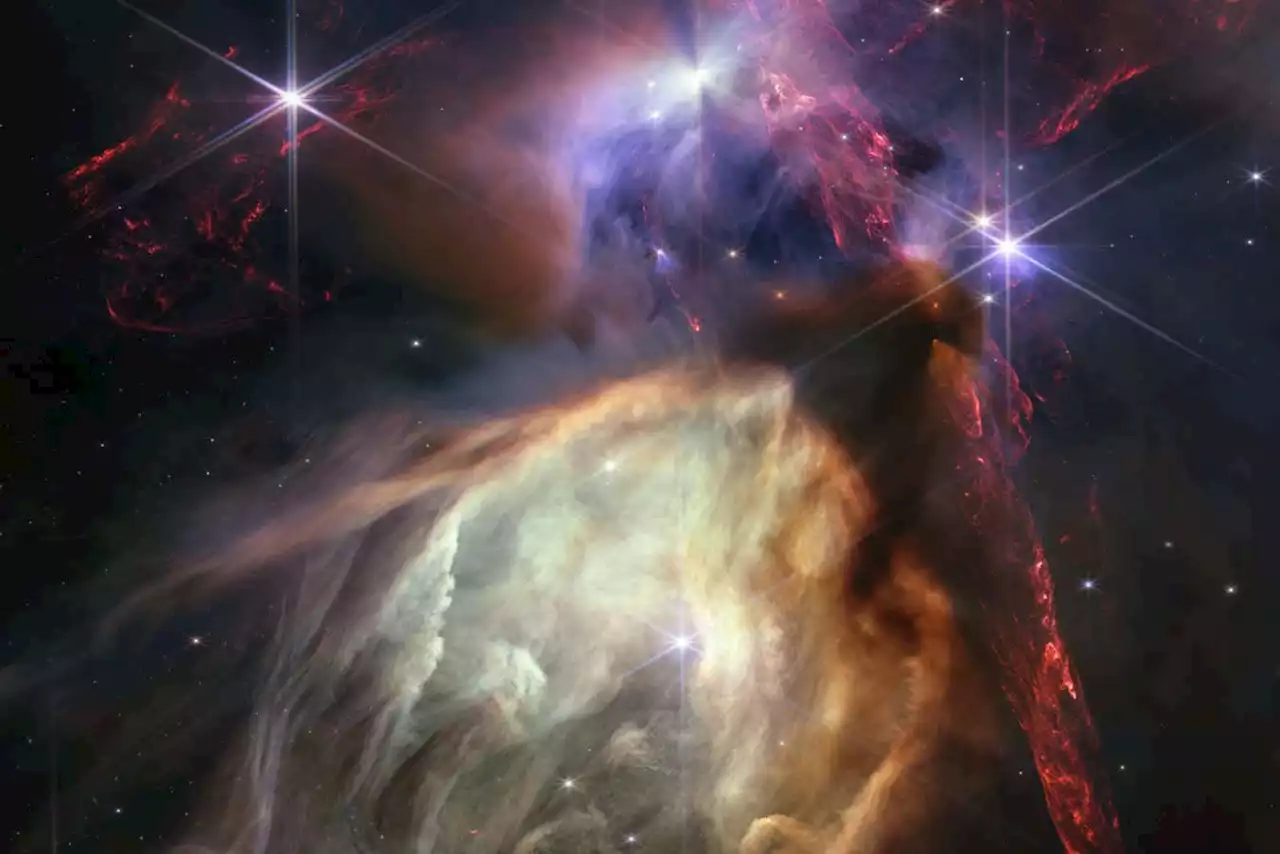Feast your eyes on the latest picture from the James Webb Space Telescope, which is celebrating its first year of science operations. This is the Rho Ophiuchi cloud complex, Earth's closest star-forming region.
NASA, ESA, CSA, STScI, Klaus Pontoppidan , the JWST team has released a glittering scene of Earth’s closest star-forming region. This dazzling shot depicts the chaotic action from the Rho Ophiuchi cloud complex, which sits around 400 light years away from us.
The region, which has been captured by JWST’s infrared camera NIRCam, comprises around 50 young stars, all of which have a mass similar to or smaller than that of the sun. The darkest sections of the image represent dense clouds of dust enveloping budding protostars, while the striking splashes of scarlet that criss-cross the scene are protostellar outflows – powerful twin jets of material that shoot out during the early stages of a star’s birth – colliding with interstellar gas.A glowing cavity of dust dominates the lower half of the image, which has been carved out by the hefty star that sits in its centre, as seen by its slightly purple hue.
United States Latest News, United States Headlines
Similar News:You can also read news stories similar to this one that we have collected from other news sources.
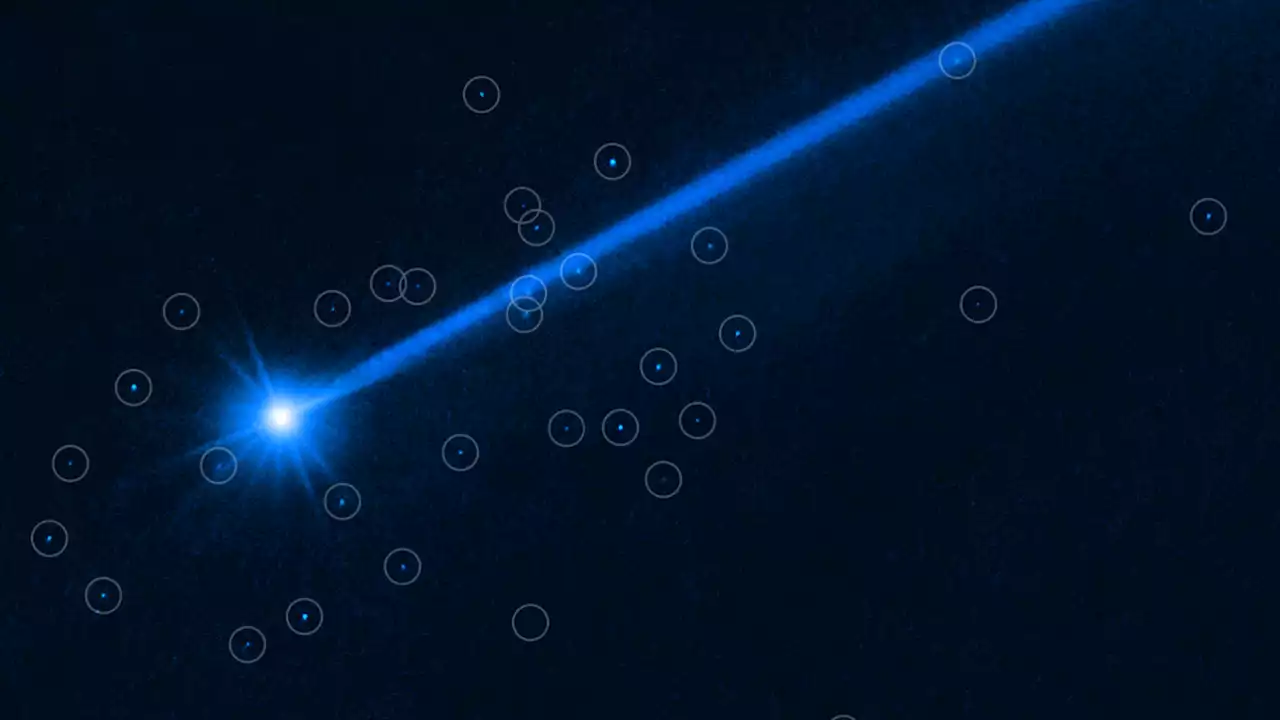 Hubble telescope spies cloud of space rocks created by DART asteroid impact (photos)The agency's planetary defense prototype seems to have generated a bit of cosmic chaos.
Hubble telescope spies cloud of space rocks created by DART asteroid impact (photos)The agency's planetary defense prototype seems to have generated a bit of cosmic chaos.
Read more »
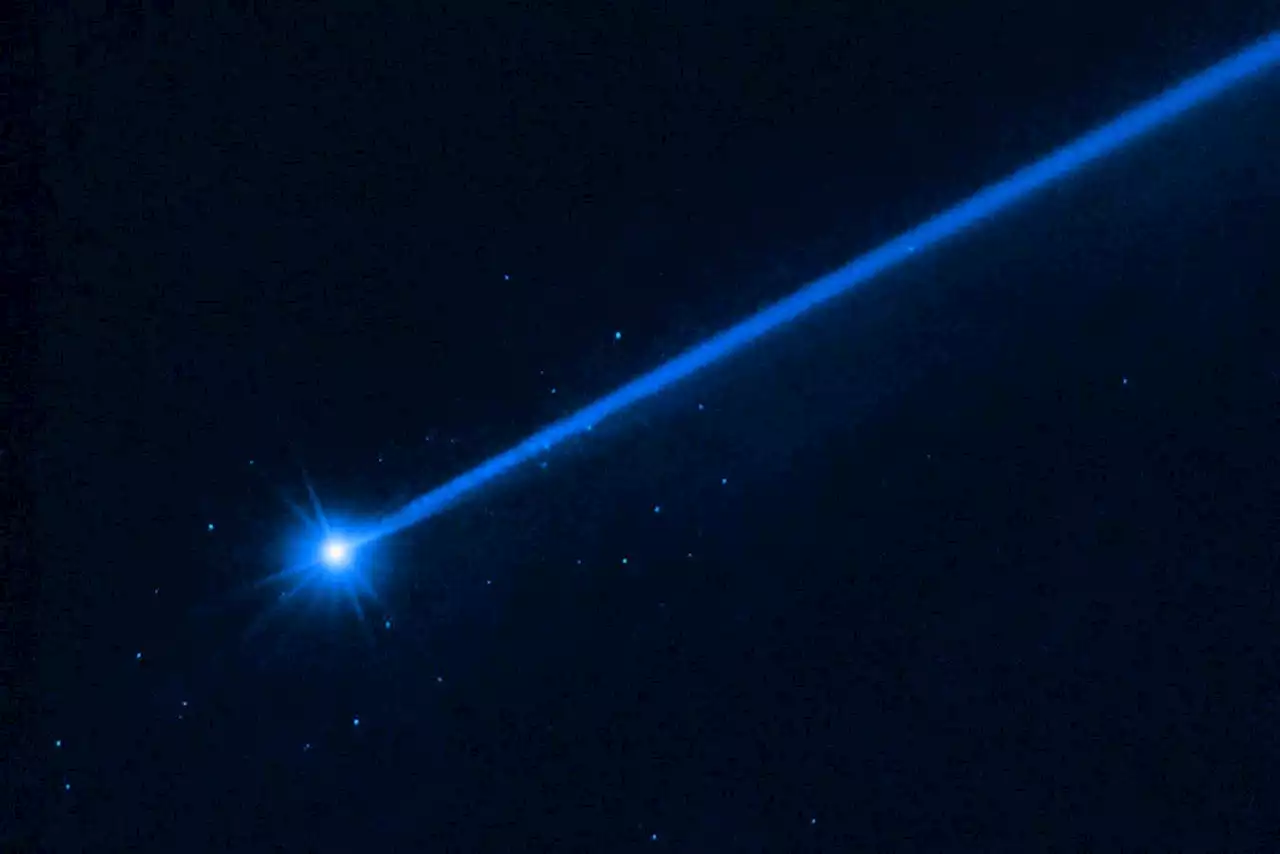 NASA's asteroid-smashing space debris spotted by Hubble telescopeWhat happens when you smash a spacecraft into an asteroid? The Hubble Space Telescope has snapped a picture of the resulting debris field.
NASA's asteroid-smashing space debris spotted by Hubble telescopeWhat happens when you smash a spacecraft into an asteroid? The Hubble Space Telescope has snapped a picture of the resulting debris field.
Read more »
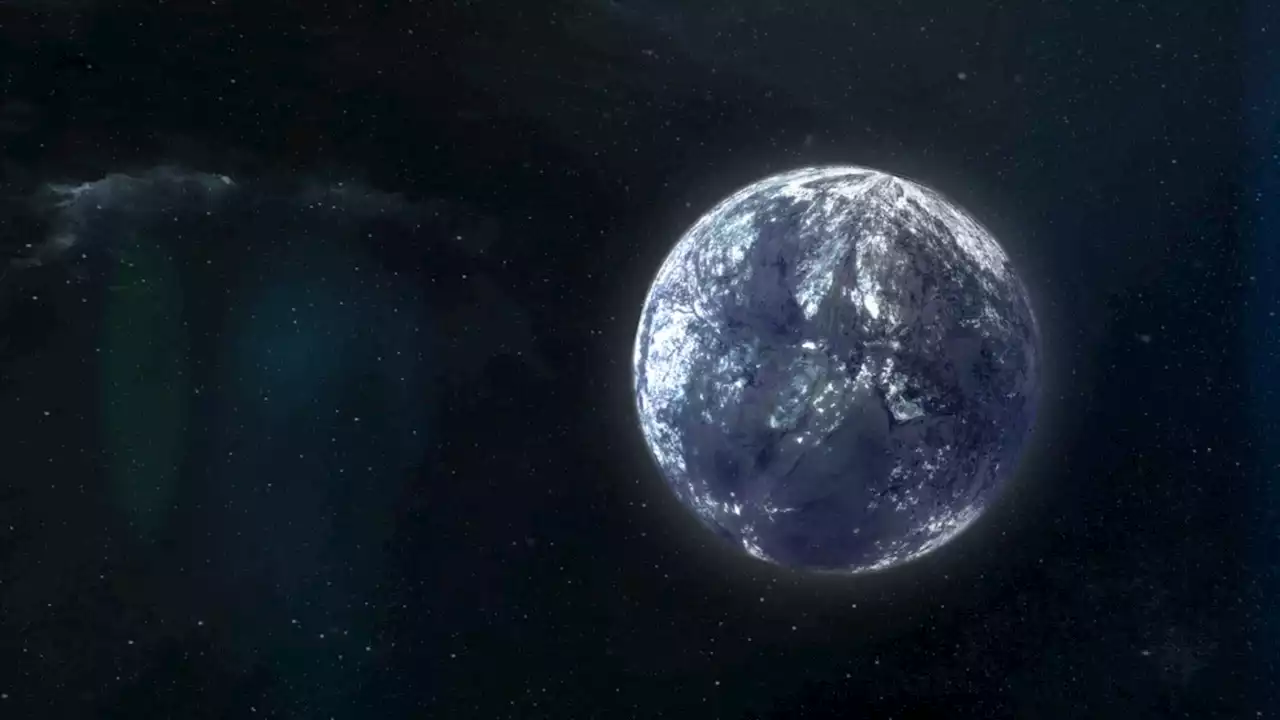 Nancy Roman Space Telescope holds potential to find 400 rogue planets in Milky WayOne rogue planet candidate has already been discovered for future observations by the Roman space telescope, which will be launched in May 2027.
Nancy Roman Space Telescope holds potential to find 400 rogue planets in Milky WayOne rogue planet candidate has already been discovered for future observations by the Roman space telescope, which will be launched in May 2027.
Read more »
 JWST spots ancient dust, could be from earliest supernovas | Digital TrendsResearchers used the James Webb Space Telescope to identify grains of dust from the early universe, which could have been produced by the earliest supernovas.
JWST spots ancient dust, could be from earliest supernovas | Digital TrendsResearchers used the James Webb Space Telescope to identify grains of dust from the early universe, which could have been produced by the earliest supernovas.
Read more »
 James Webb spies unexpected carbon dust in early galaxiesThe James Webb Space Telescope is once again close to turning everything we know about our universe on its head.
James Webb spies unexpected carbon dust in early galaxiesThe James Webb Space Telescope is once again close to turning everything we know about our universe on its head.
Read more »
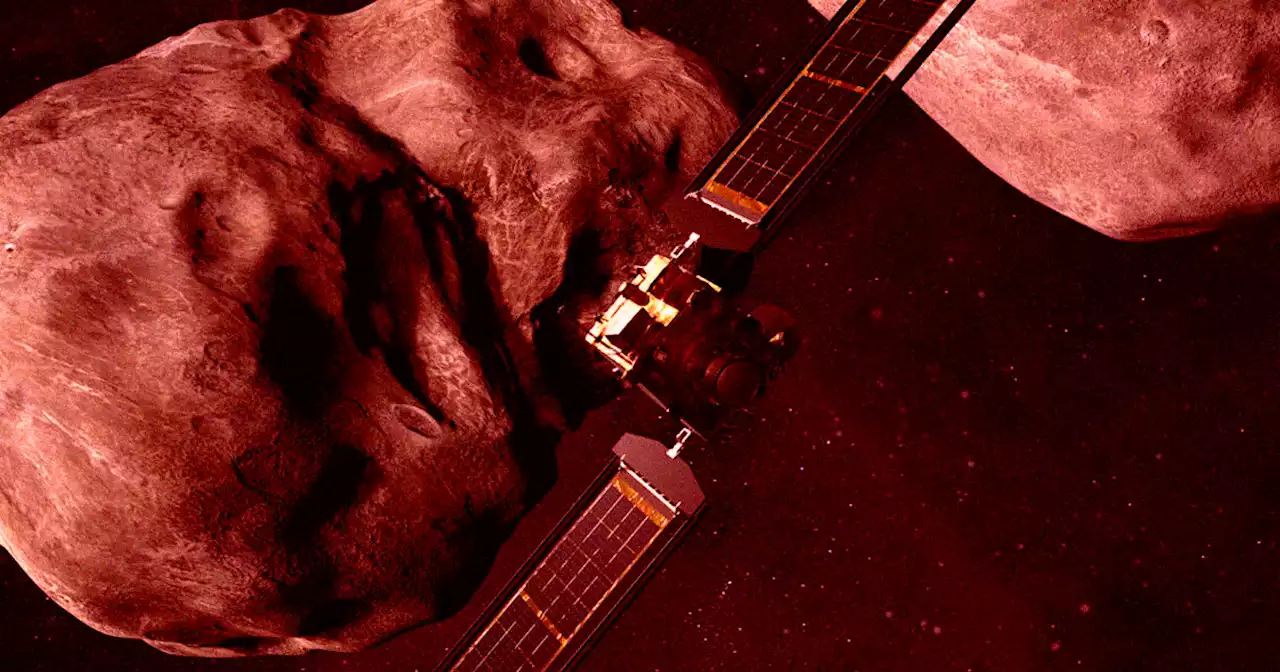 Hubble Spots Remains of Asteroid NASA Smashed With SpacecraftNASA's Hubble Space Telescope has captured the aftermath of the space agency's DART battering ram that smashed into an asteroid last year.
Hubble Spots Remains of Asteroid NASA Smashed With SpacecraftNASA's Hubble Space Telescope has captured the aftermath of the space agency's DART battering ram that smashed into an asteroid last year.
Read more »
